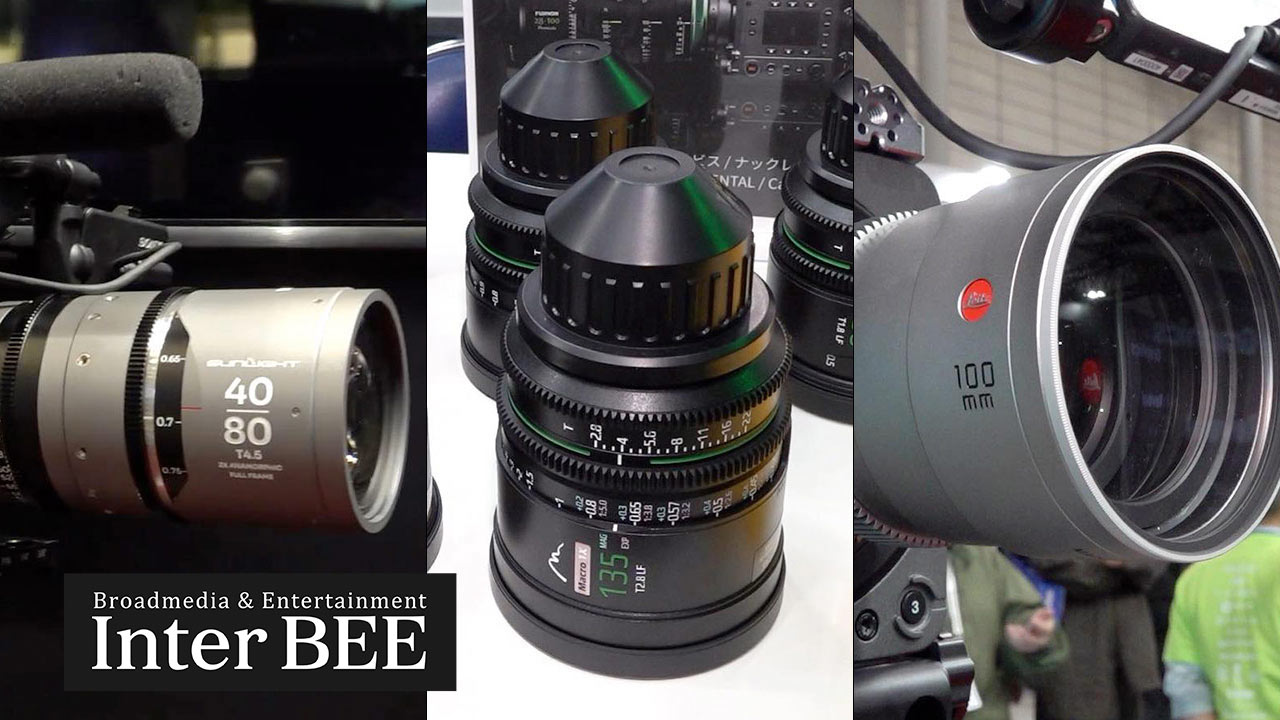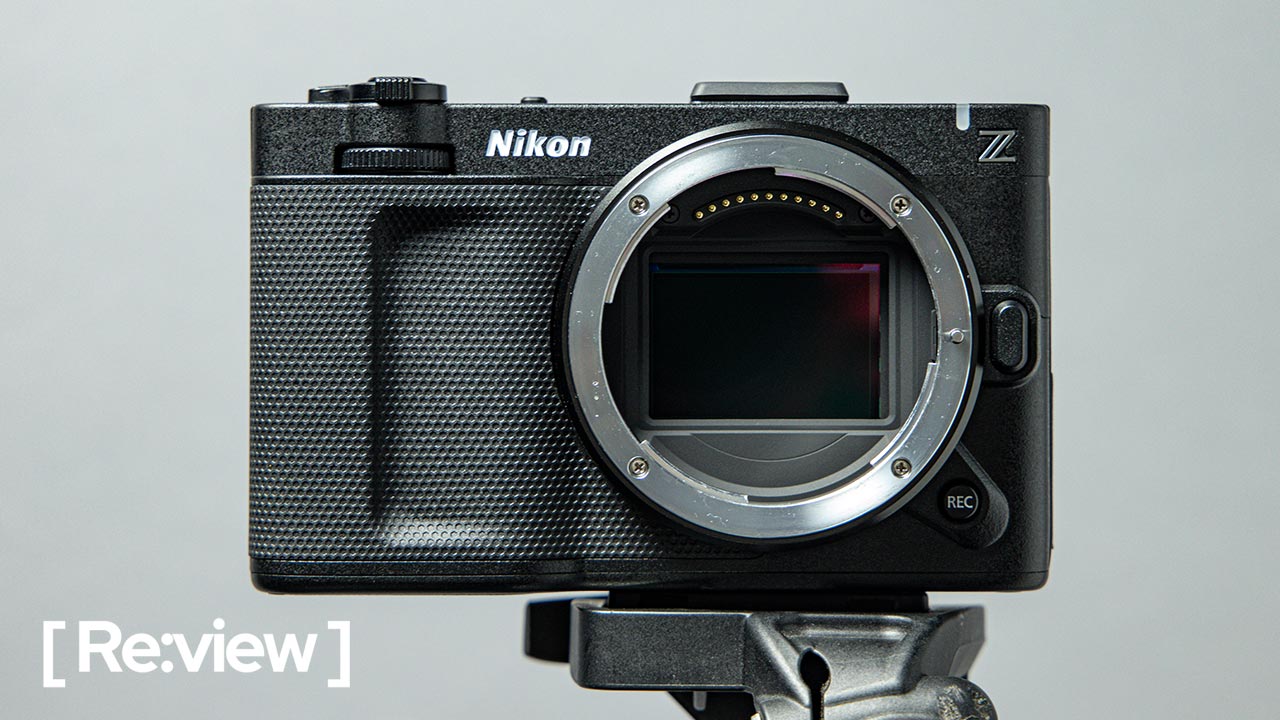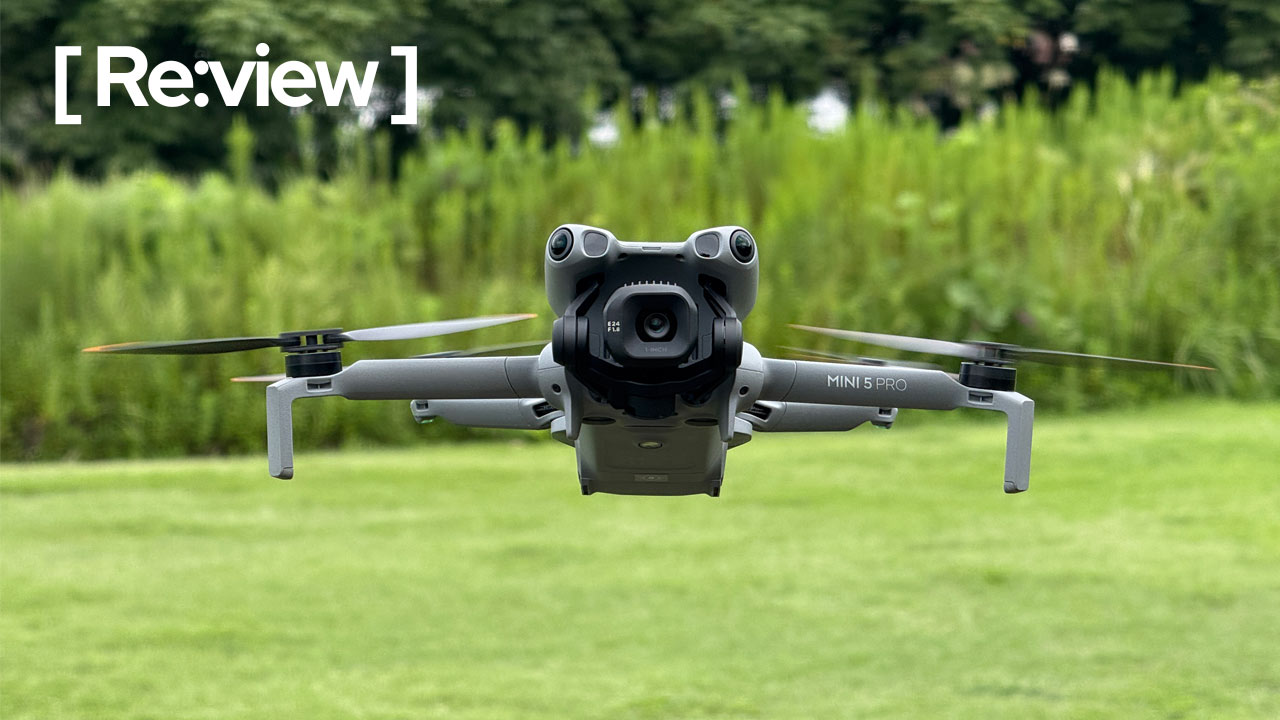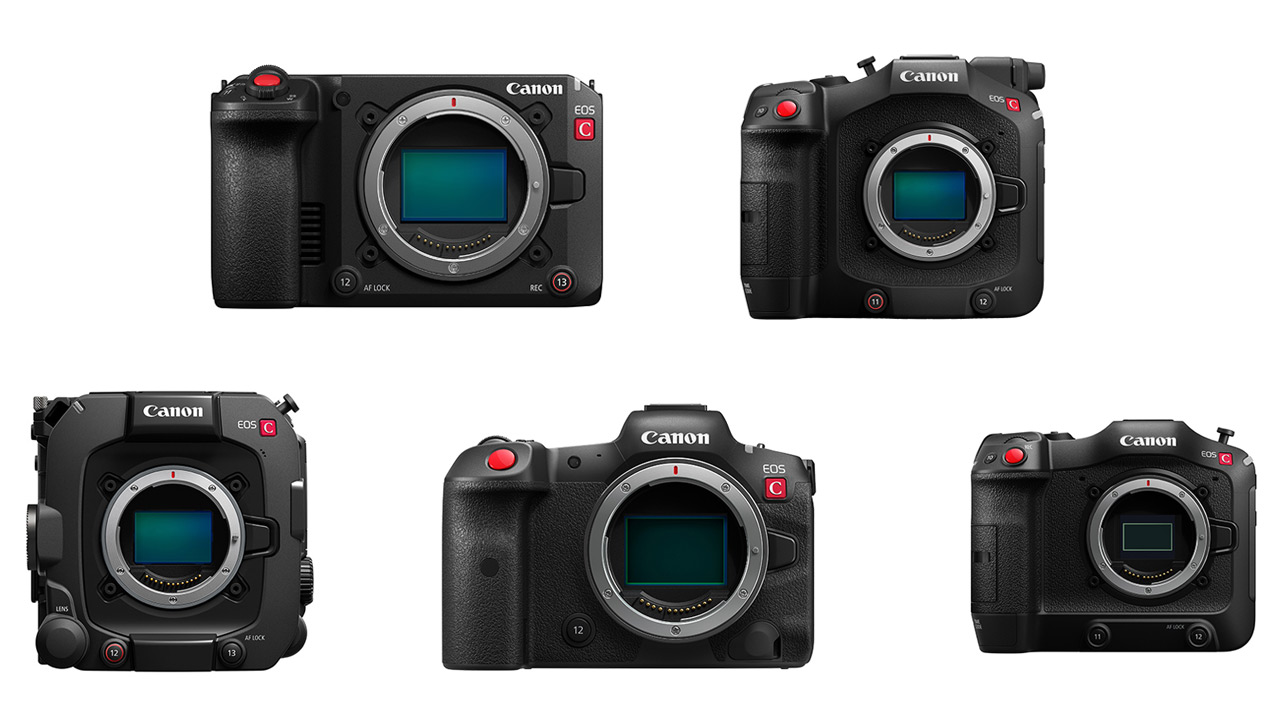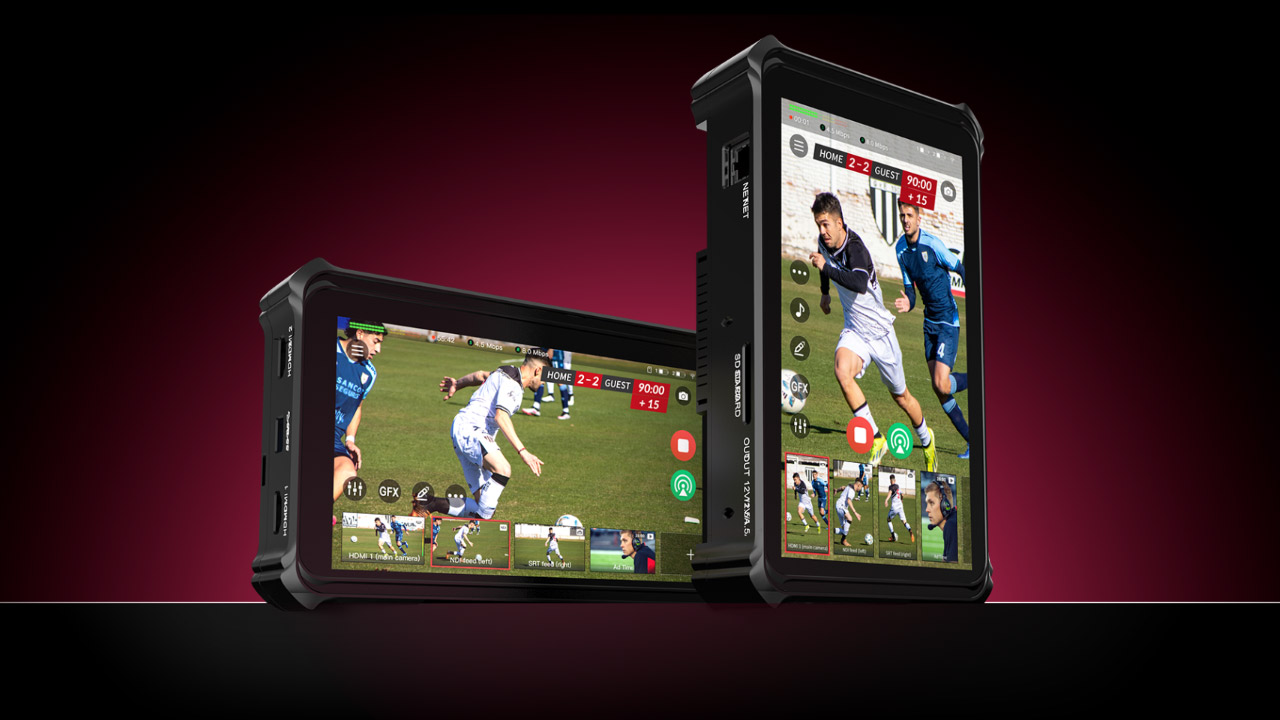
Originally written in Japanese by Tatsuya Ino, CEO and Director of inaho inc. Born in Kasugai City, Aichi Prefecture in 1988. After working at Toei CM Co., Ltd., he was in charge of video direction for various social projects at umari Inc. from 2014. He then founded inaho Inc. and has been producing videos for projects that solve social issues. He reviewed the SIGMA 28-45mm F1.8 DG DN | Art lens as part of our ongoing series of PRONEWS Reviews.
Introduction
In June 2024, Sigma announced the SIGMA 28-45mm F1.8 DG DN | Art, the world’s first full-frame constant F1.8 zoom lens. Looking at these specs, many people will remember the SIGMA 18-35mm F1.8 DC HSM | Art, an F1.8 constant zoom lens released by Sigma in 2013.
The SIGMA 18-35mm F1.8 DC HSM | Art is a constant F1.8 zoom lens for APS-C cameras, and is a very popular lens not only among photographers but also among videographers. It is especially known as an ideal lens for video cameras with Super 35mm sensors such as the Blackmagic Pocket Cinema Camera 6K (hereinafter referred to as BMPCC6K), and I have used the combination of the BMPCC6K and the 18-35mm F1.8 on many shooting locations.
The newly announced SIGMA 28-45mm F1.8 DG DN | Art can be said to be a product that has evolved the essence of this popular lens for full-frame mirrorless cameras after about 10 years. Not only is it a constant F1.8 zoom lens, but it also has similar specs to the SIGMA 18-35mm F1.8 DC HSM | Art, which had a focal length range of about 27-52.5mm (full-frame equivalent), and in an age where more and more people are using full-frame cameras for video, this is likely to be a long-awaited lens for video users.

For this review, I borrowed both the E-mount and L-mount versions of the lens and tested them on a Sony FX3 and a Blackmagic Cinema Camera 6K (BMCC6K), respectively, to see what the usability of this lens is from the perspective of a videographer. The excellent image quality of this lens has already been reviewed in various places, so here I will mainly write about its usability.
▼ Please see the video review below to see the actual footage and test results.
Size and Appearance
The SIGMA 28-45mm F1.8 DG DN | Art is 151.4mm long and weighs 960g (L-mount version), which is slightly larger and heavier than the SIGMA 18-35mm F1.8 DC HSM | Art, which is 121mm long and weighs 810g. It is by no means a lightweight lens, but it is not so heavy or long that you would need a tripod mount, and I felt that the size was just right. Video users will also appreciate the fact that the overall length does not increase even when zooming or focusing, and that the filter diameter is 82mm, making it easy to choose circular filters.

Focal Length Range
Those who are accustomed to standard zoom lenses such as 24-70mm may feel that the 28-45mm focal length range is lacking in both wide-angle and telephoto dimensions, but I support Sigma’s decision to keep the lens at its current size even if the range is narrower, rather than making it even larger by expanding the zoom range.
The “SIGMA 24-70mm F2.8 DG DN II | Art” was also released a while ago, so if you prioritize the zoom range, then you should choose that lens, but if you need an aperture of F1.8, then you should choose the SIGMA 28-45mm F1.8 DG DN | Art. It’s easy to choose depending on what you prioritize.
Also, cameras with strong in-body image stabilization tend to suffer from a phenomenon called “IBIS Wobble,” in which the corners become distorted when shooting video with a wide-angle lens. The wider the angle, the more likely this phenomenon is to occur, and personally I found it more bothersome with a lens wider than 24mm. In that sense, I feel that 28mm is just the right focal length for video shooting. I actually attached this lens to a LUMIX S5II and shot at 28mm, and I hardly noticed any effect from IBIS Wobble.
Focus Breathing
When we looked at how much the angle of view changed when the focus was changed (focus breathing), we found that there was a slight change at the 28mm wide-angle, and a very slight change at the 45mm. The change at 28mm was not particularly large, so it also looks like it would be easy to use for video recording. Furthermore, even when zooming and changing the focal length, there was almost no focus shift, and it seemed quite close to parfocal.
How does it work with Blackmagic Pocket Cinema Camera 6K?
When the SIGMA 28-45mm F1.8 DG DN | Art was announced, the thing I was most curious about was, “Is this lens the best lens to use with the BMCC6K?” As mentioned above, the SIGMA 18-35mm F1.8 DC HSM | Art is a lens that is often used in combination with the BMPCC6K, so I really wanted to know whether the combination of this lens and the full-frame & L-mount BMCC6K would also be a good match.
There are two important points to consider when checking compatibility: “behavior during manual focus” and “distortion without correction.” Most recent mirrorless cameras and lenses are by-wire focus (the focus ring is not physically connected to the lens, and a sensor reads the amount the ring is turned and a motor moves the lens) to reduce size and weight and improve AF performance, and many lenses are designed with the assumption that distortion and peripheral illumination will be corrected on the camera side.
Therefore, there is no problem with most cameras from Sony, LUMIX, etc. that support AF or in-camera lens correction, but with cameras such as the BMCC6K that are designed to use manual focus and do not have in-camera lens correction functionality, the behavior of the lens in its raw state without any support from the camera becomes important.
Manual focus control

When using a by-wire lens with manual focus settings, there are two types of control methods: non-linear, in which the amount of focus movement varies depending on the speed at which the ring is turned, and linear, in which the amount of focus movement varies depending on the angle the ring is turned, regardless of the speed at which it is turned.
Non-linear MF is probably convenient for photos because it allows for quick focusing, but when you try to move the focus slowly in video, the focus doesn’t move easily, making it difficult to use. I think that if you want to use MF with video, the linear format is easier to use.
On the LUMIX S series including the LUMIX S5II, you can select which control method to use on the camera body, but on Sony E-mount cameras and the BMCC6K, you cannot select this on the body and the setting is determined by the lens. The SIGMA 28-45mm F1.8 DG DN | Art seems to have this setting set to non-linear by default, so when using this lens with a Sony camera or the BMCC6K, the amount of focus movement changed depending on the speed at which the ring was turned.

This specification is a bit disappointing when using it with the BMCC6K, which is designed for manual focus; however, the non-linearity of this lens means that the difference in focus movement between slow and fast rotations is not that great, so unless the shooting requires precise focus adjustment, I feel that it is manageable once you get used to it.
For example, with the Lumix F1.8 prime series, the difference in focus movement due to the difference in speed is quite large, and I got the impression that it would be quite difficult to use MF with the BMCC6K. However, with the SIGMA 28-45mm F1.8 DG DN | Art, I didn’t feel it was that difficult to use, so for some people it could be said to be within the acceptable range.
Distortion without correction
Another thing I was wondering about when using this lens with the BMCC6K was how much distortion there would be without correction on the camera side. To check this, I attached the SIGMA 28-45mm F1.8 DG DN | Art to a Sony FX3, shot some videos with and without correction, and compared the difference.

The results are as shown in the image above, with slight barrel distortion at 28mm and pincushion distortion at 45mm. With Sony and LUMIX cameras, these distortions (including peripheral light falloff) can be automatically corrected on the body, but the BMCC6K cannot correct them, so care must be taken. Personally, I don’t feel the distortion is particularly large, so I feel it’s fine to use it as is, but if there are scenes that bother you, it’s best to correct them when editing with DaVinci Resolve.
Based on the material tested this time, when the lens compensation item in the DaVinci Resolve editing screen inspector was set to 0.083 for 28mm and -0.050 for 45mm, the image appeared close to the state when compensation was applied in the camera.
Is the SIGMA 28-45mm F1.8 DG DN | Art the best lens for video users?

What I felt after shooting with this lens this time is that it definitely gives you more freedom in shooting. I often shoot in a videographer style while considering the overall composition of the footage, but especially when shooting documentaries, I feel like I am constantly forced to choose between depiction and zoom range, wondering at each moment: “Should I change the lens now?” “Should I get a zoom lens so I can handle any movement, or should I go with a prime lens?”
For me, just as the SIGMA 18-35mm F1.8 DC HSM | Art was in the past, the SIGMA 28-45mm F1.8 DG DN | Art looks set to become the perfect companion that will allow me to avoid having to think about these choices.
However, it should be noted that, as we have seen in each section so far, it is difficult to say that this is the best lens if you are planning to use it with the BMCC6K or Sony cameras in manual focus. The non-linear MF behavior (some people may be able to tolerate it) is not a user experience that can be recommended to everyone. I feel that the combination with the BMCC6K will be a truly easy-to-use set only if there is a firmware update in the future that allows for switching between non-linear and linear from the body. If you are interested, I would definitely recommend that you try it out in a store and see how it feels to use.


